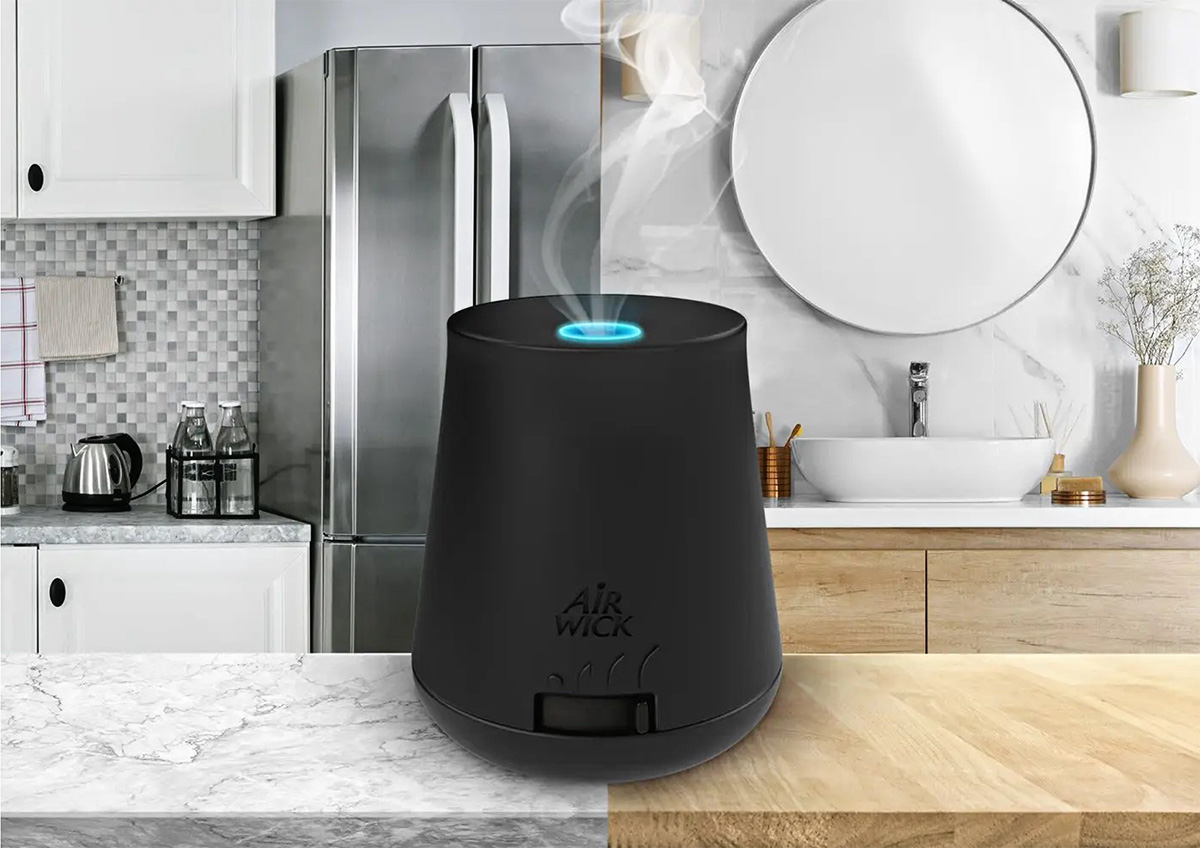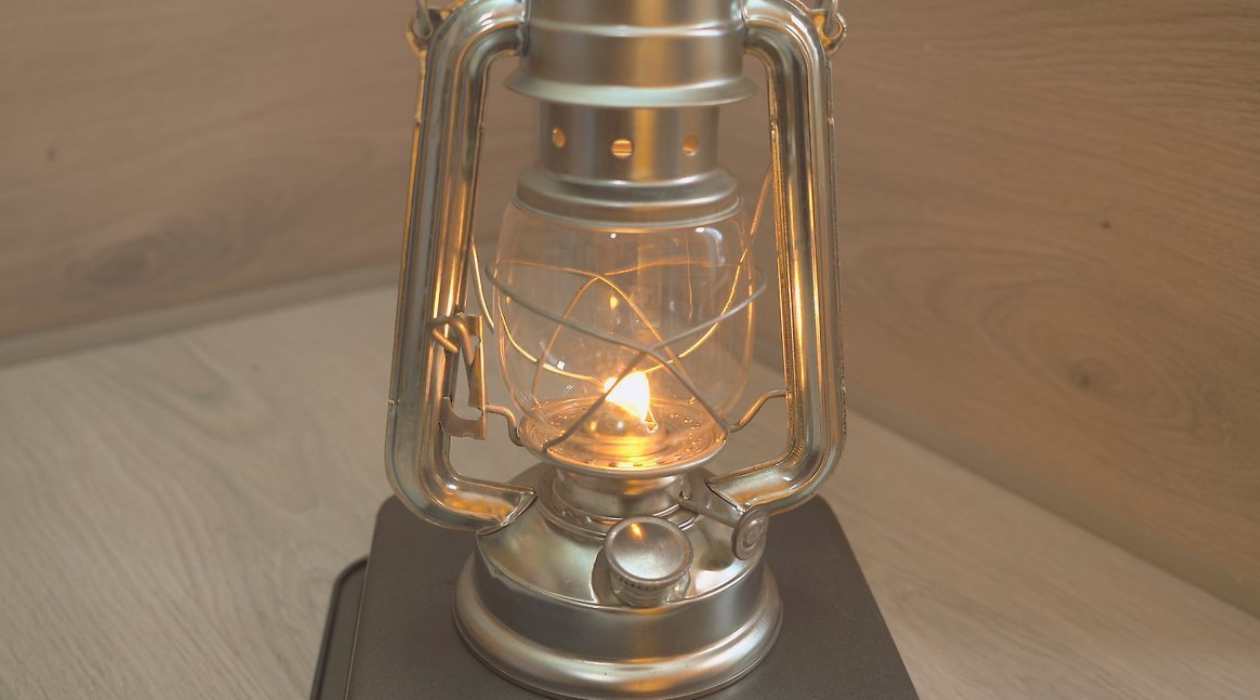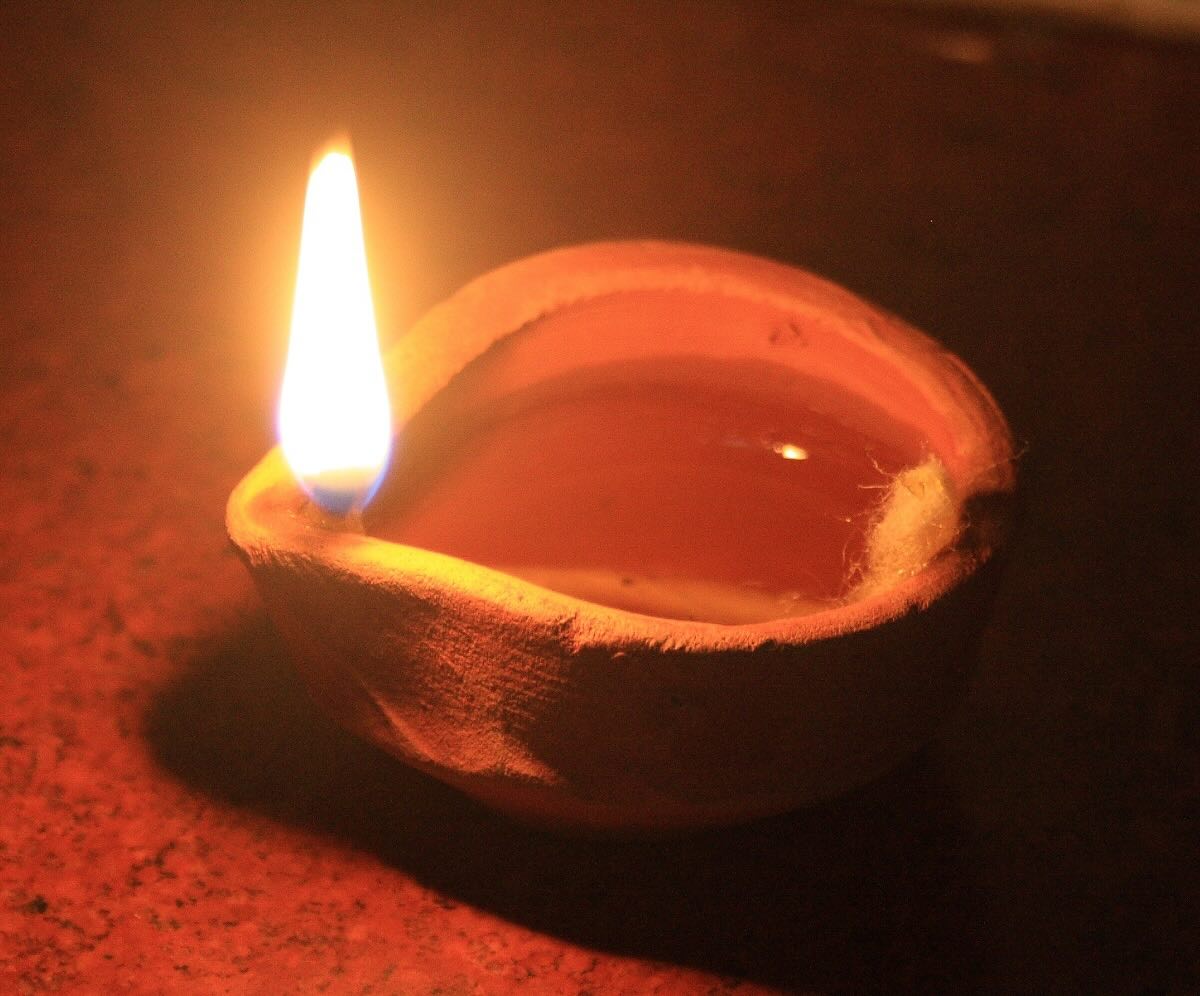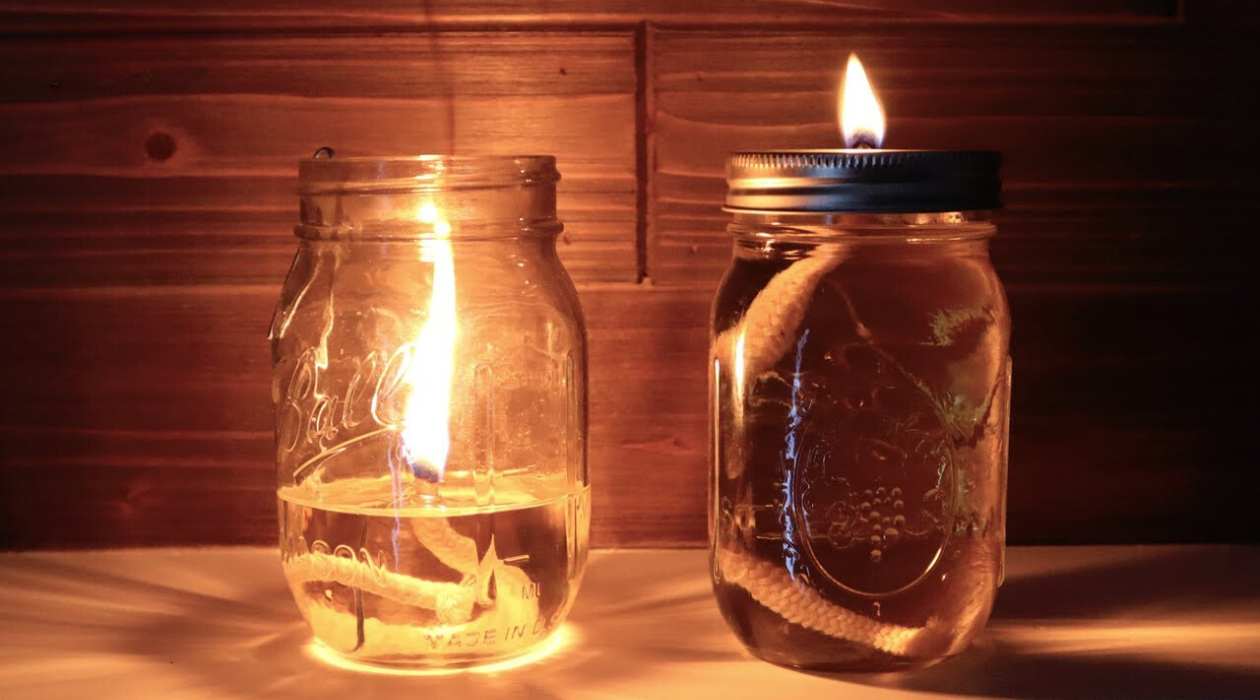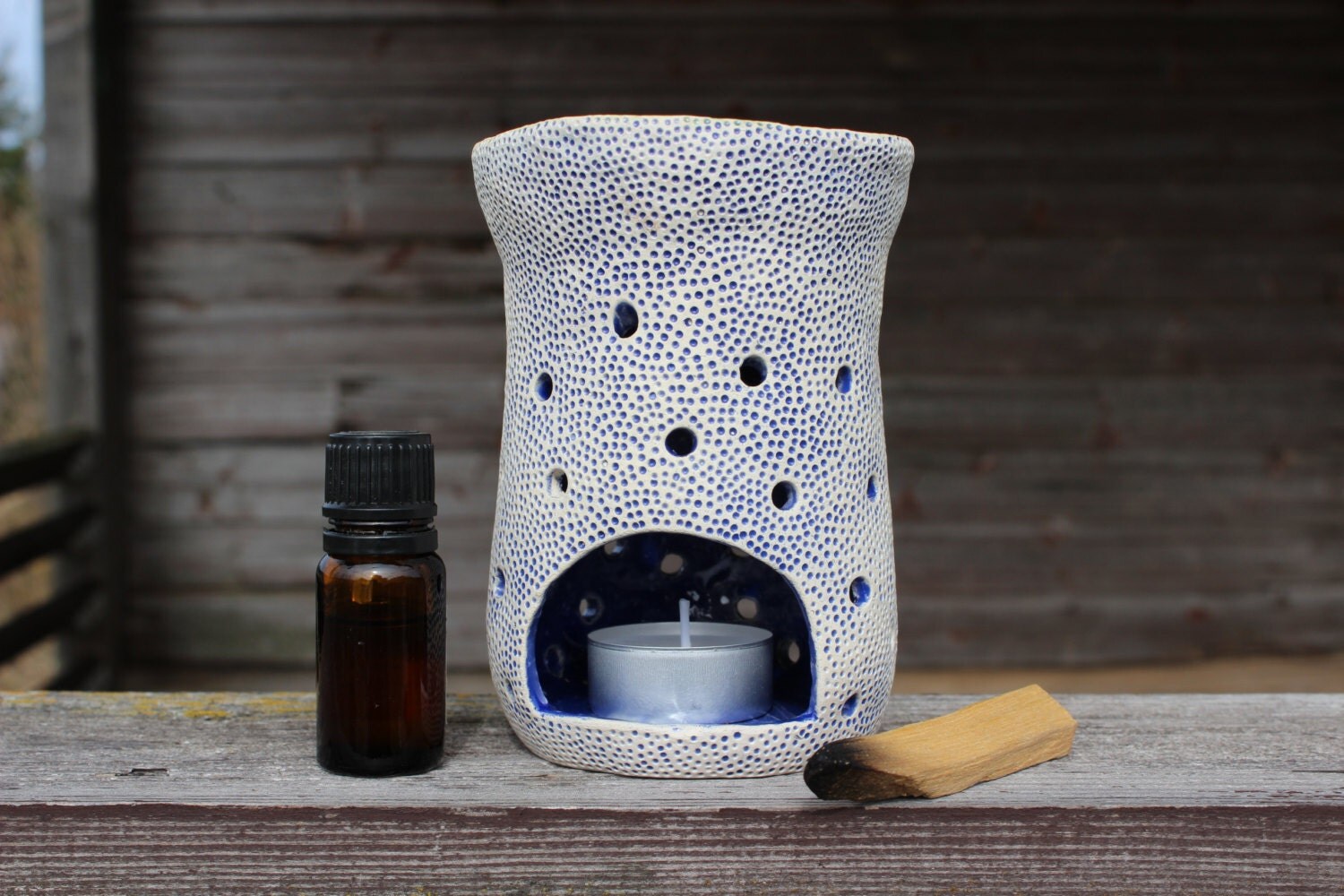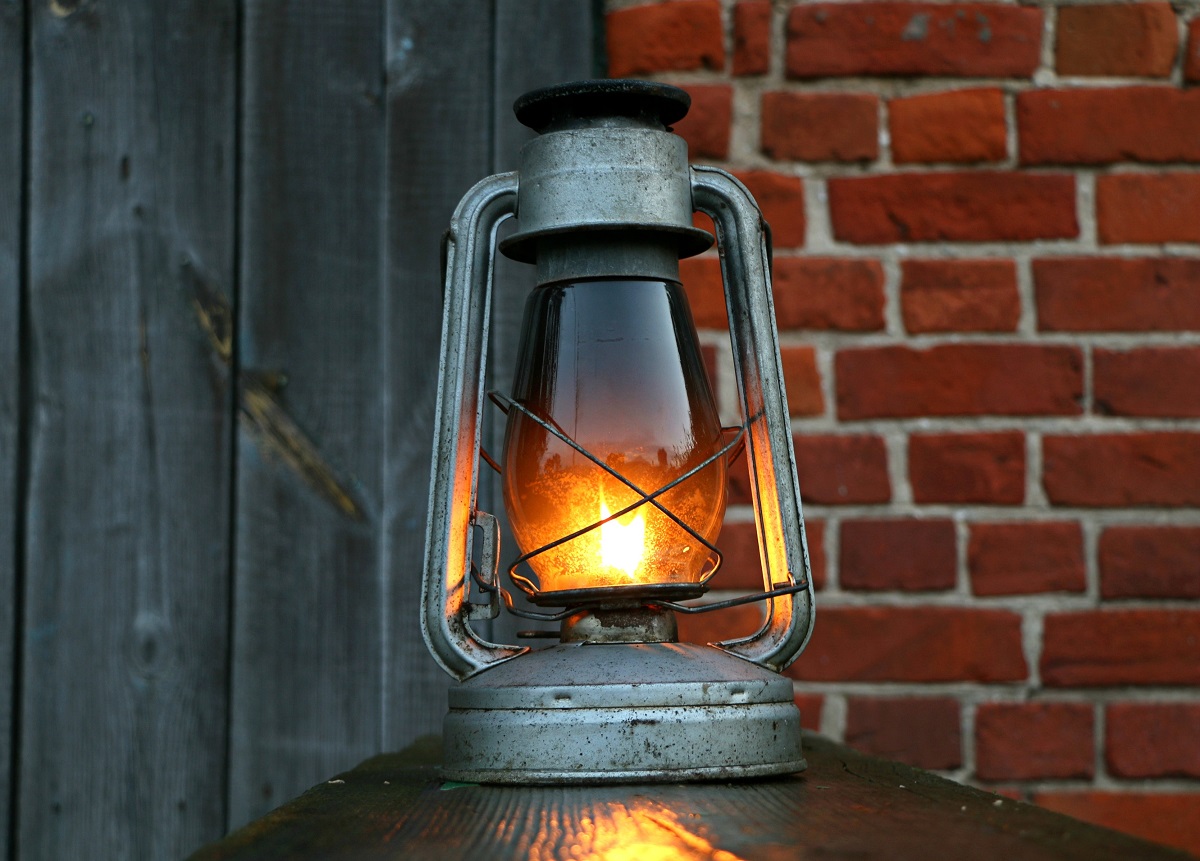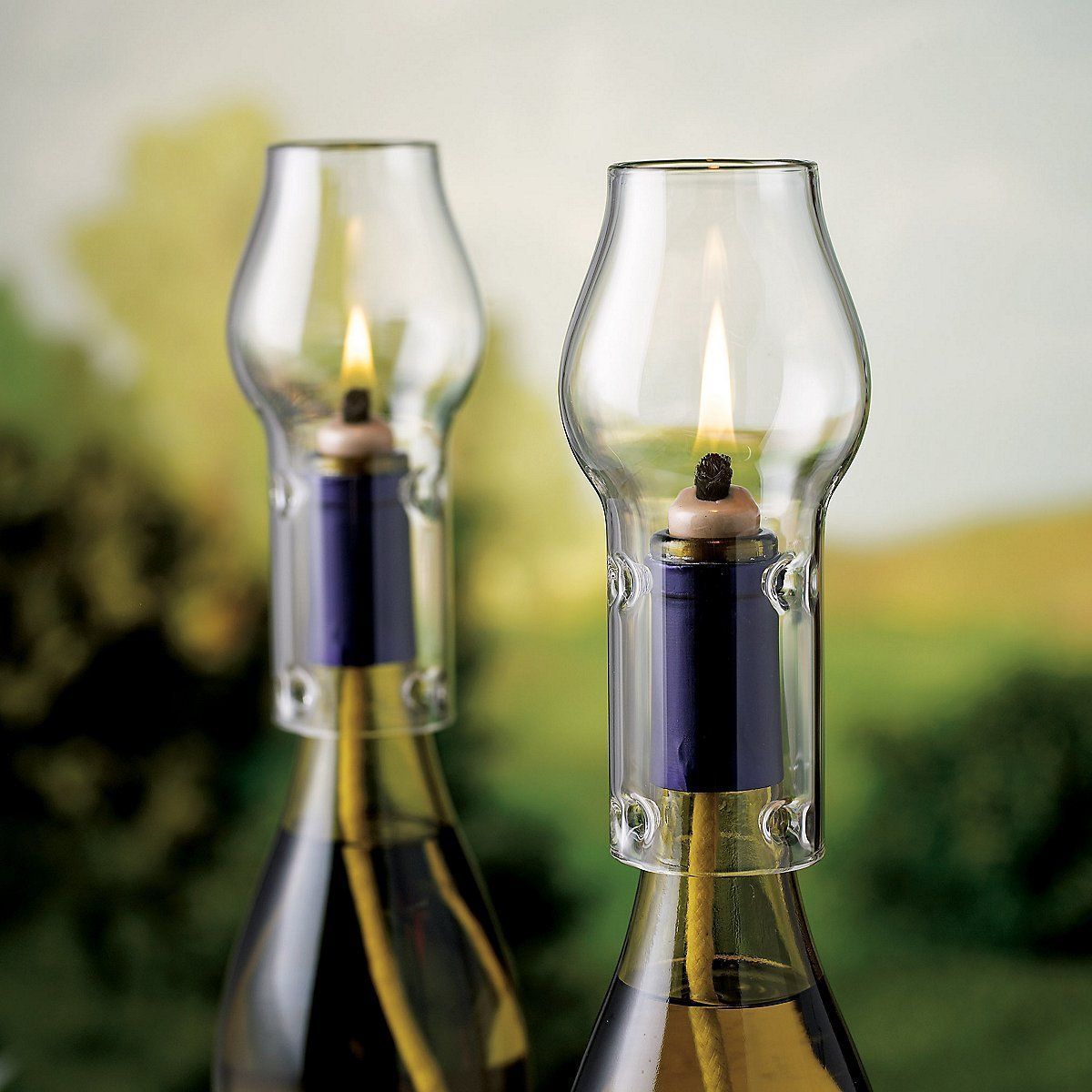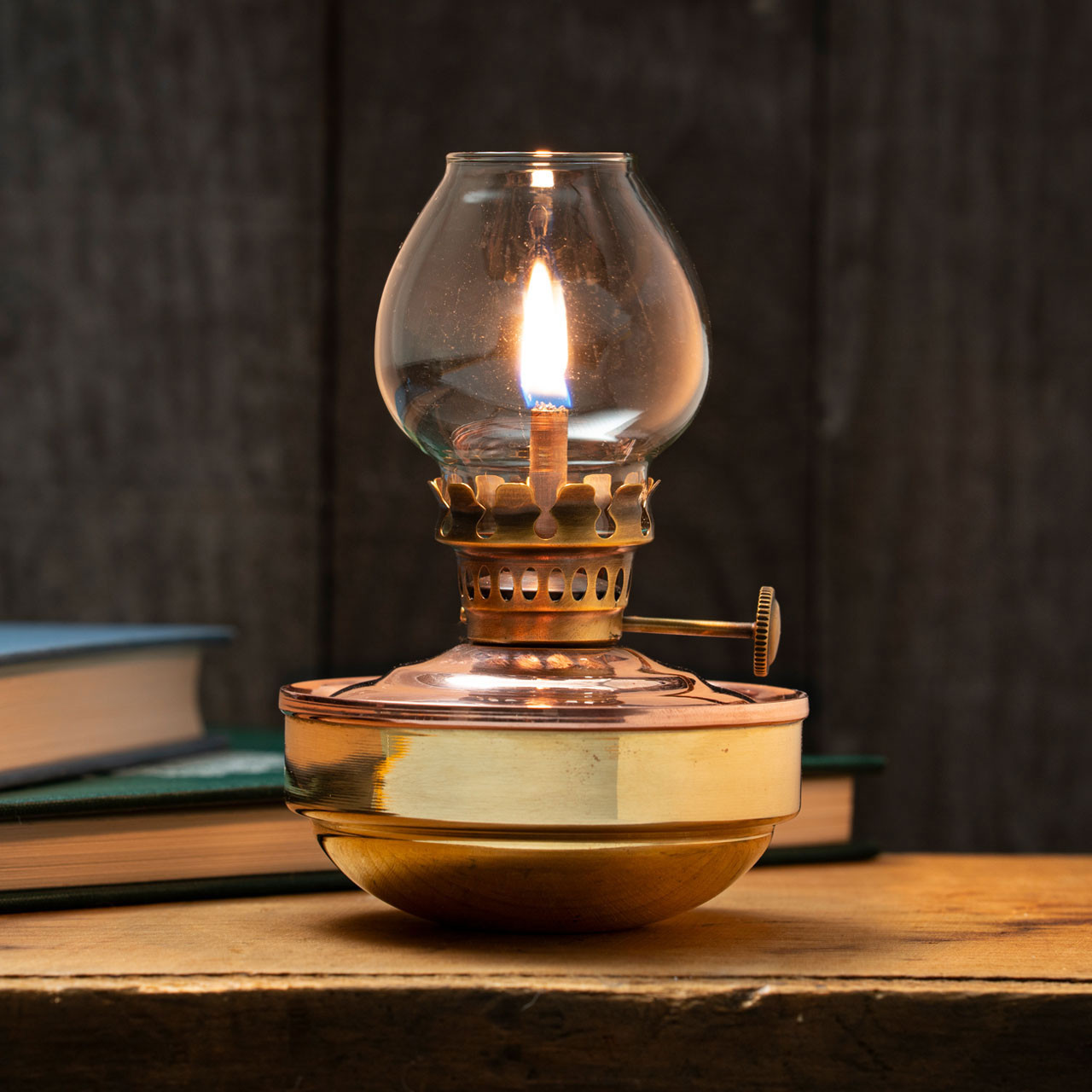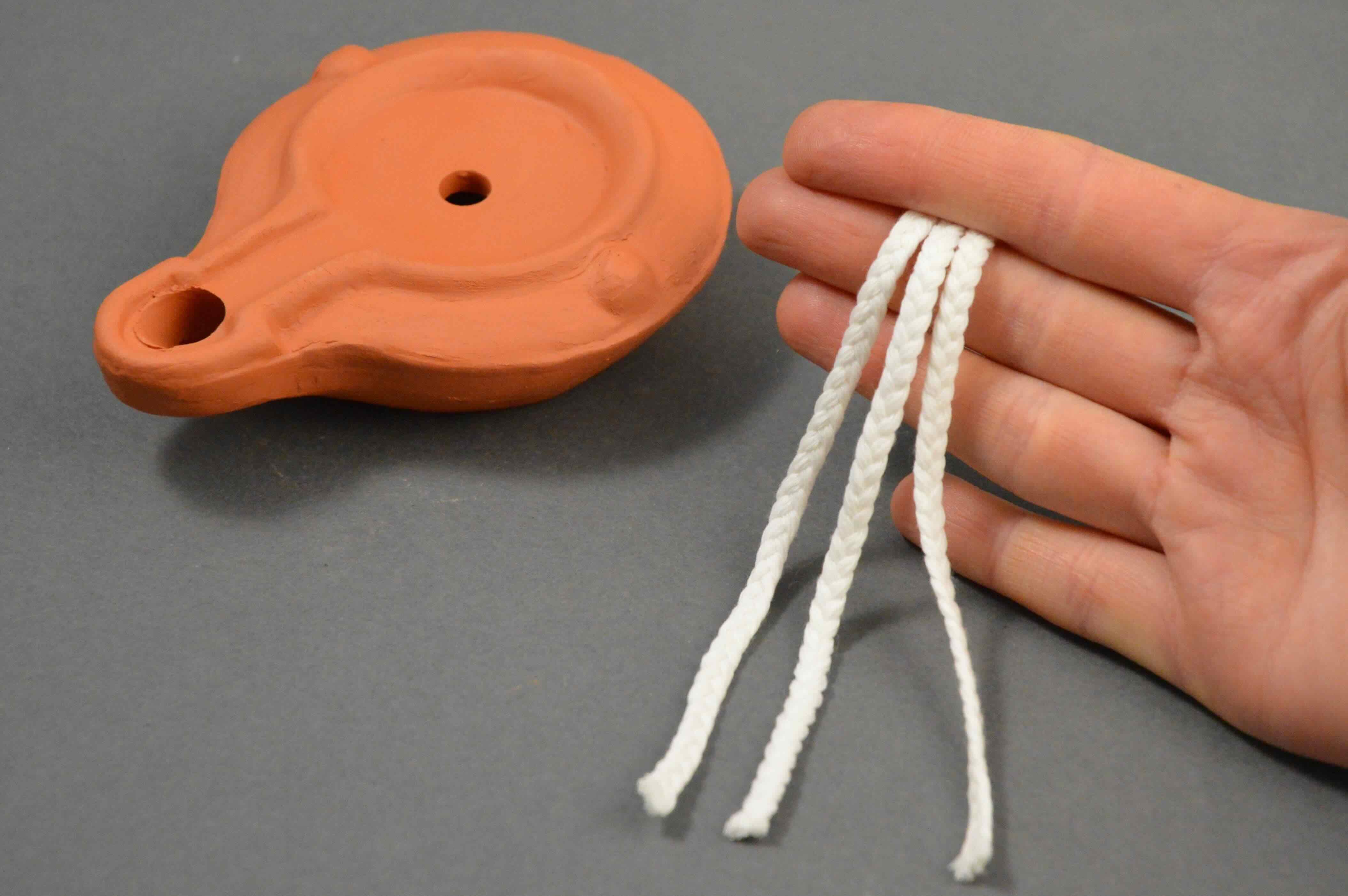

Furniture
How Long Should An Oil Lamp Wick Be
Modified: January 9, 2024
Discover the ideal length for an oil lamp wick and keep your furniture safe. Find out the optimal wick size for efficient lighting and minimal smoke.
(Many of the links in this article redirect to a specific reviewed product. Your purchase of these products through affiliate links helps to generate commission for Storables.com, at no extra cost. Learn more)
Introduction
Welcome to the world of oil lamps, where the warm glow and flickering flames create a cozy and nostalgic ambiance. If you’re new to using an oil lamp or are looking to enhance your experience, one important factor to consider is the length of the oil lamp wick.
An oil lamp wick plays a crucial role in the functionality and efficiency of the lamp. It acts as a fuel delivery system, absorbing the lamp oil and transferring it to the flame, providing a consistent source of light. The length of the wick determines the intensity of the flame, the amount of fuel consumed, and the overall performance of the lamp.
Choosing the right length for your oil lamp wick can greatly impact its performance and longevity. In this article, we will delve deeper into the factors to consider when determining the length of an oil lamp wick, the optimal length for different types of oil lamps, adjusting the length if needed, and how to properly maintain and care for your wick.
So, if you’re ready to shed some light on the subject, let’s explore the fascinating world of oil lamp wicks!
Key Takeaways:
- Choose the right wick length for your oil lamp based on factors like lamp type, desired ambiance, and burn time to ensure optimal performance and safety.
- Adjust and maintain your oil lamp wick by following simple steps to fine-tune the flame, trim and clean the wick, and store the lamp properly for a cozy and enchanting lighting experience.
Read more: What Can I Use As A Wick For An Oil Lamp
Understanding the Function of an Oil Lamp Wick
Before we dive into determining the optimal length of an oil lamp wick, let’s first take a closer look at its function. The wick of an oil lamp serves as a bridge between the fuel source and the flame. It draws the lamp oil upward through capillary action, allowing it to be burned efficiently.
The wick is typically made of porous, fibrous materials such as cotton or fiberglass. These materials have tiny spaces in between their fibers, which help absorb the lamp oil. As the oil is drawn up the wick, it reaches the top and gets vaporized by the heat of the flame, creating a steady source of light.
The length of the wick determines the amount of surface area exposed to the flame. A longer wick will provide a larger surface area, resulting in a larger and brighter flame. On the other hand, a shorter wick will have less surface area, producing a smaller and dimmer flame.
It’s important to note that using a wick that is too long or too short can lead to inefficient burning and poor performance. An excessively long wick may cause excessive fuel consumption, leading to a smoky flame, soot buildup, and an unpleasant odor. Conversely, a wick that is too short may not provide enough fuel for the flame, resulting in a weak and flickering light.
Now that we have a basic understanding of how an oil lamp wick functions, let’s explore the factors to consider when choosing the ideal length for your oil lamp wick.
Factors to Consider when Choosing the Length of an Oil Lamp Wick
When determining the length of an oil lamp wick, there are several factors to take into consideration. These factors will help ensure optimal performance and safety while using your oil lamp:
- Type of Oil Lamp: Different types of oil lamps have different requirements for wick length. For example, flat wick lamps typically require longer wicks, while round wick lamps usually require shorter wicks. It’s essential to consult the manufacturer’s guidelines or do some research to determine the recommended wick length for your specific lamp.
- Size of the Wick Channel: The size of the wick channel, which is the area where the wick is inserted, will also affect the length of the wick. A wider channel allows for longer wicks, while a narrower channel requires shorter wicks. Ensure that your wick fits properly in the channel without being too loose or too tight.
- Intensity of Light: Consider the level of brightness or intensity you desire from your oil lamp. If you prefer a brighter flame, a longer wick will provide more surface area for the oil to burn, resulting in a more luminous glow. For a softer and more subtle light, a shorter wick may be suitable.
- Burn Time: The length of the wick can affect the burn time of your lamp. A longer wick will consume more fuel and burn at a faster rate, reducing the overall burn time. Conversely, a shorter wick will result in a slower burn, prolonging the duration between refills. Consider your needs and preferences when deciding on the wick length to ensure the desired burn time.
- Ambiance and Flame Stability: The length of the wick can also contribute to the ambiance and stability of the flame. A longer wick tends to produce a taller and more stable flame, perfect for creating a warm and cozy atmosphere. However, it’s crucial to strike a balance to prevent the flame from becoming too large and potentially unsafe.
- Experimentation and Personal Preference: Lastly, don’t be afraid to experiment with different wick lengths to find the perfect balance for your oil lamp. Personal preference plays a significant role in determining the ideal flame height and brightness for your specific needs and space. Start with the recommended length and adjust accordingly until you achieve the desired results.
By considering these factors and finding the right balance, you can ensure that your oil lamp provides optimal performance, illuminating your space with a beautiful and enchanting glow.
Optimal Length for Different Types of Oil Lamps
While the optimal wick length can vary depending on the specific model of an oil lamp, there are general guidelines for different types of oil lamps. These guidelines will help you get started in choosing an appropriate wick length for your lamp:
- Flat Wick Lamps: Flat wick lamps, also known as center draft lamps, typically require longer wicks. The wick should protrude just above the burner tube to ensure proper fuel flow and combustion. Start with a wick that extends around 1/4 to 1/2 inch above the burner tube and adjust as needed to achieve a steady and bright flame.
- Round Wick Lamps: Round wick lamps, also known as side draft lamps, generally require shorter wicks compared to flat wick lamps. The wick should extend slightly above the burner tube, similar to the flat wick lamps. Begin with a wick length of about 1/8 to 1/4 inch above the burner tube and make adjustments based on the desired flame height and stability.
- Aladdin Lamps: Aladdin lamps are a type of mantle lamp that uses a special mantle combined with a high-quality wick. The optimal wick length for Aladdin lamps is typically shorter, ranging from 1/8 to 1/4 inch above the burner. The mantle, rather than the wick, is the main component that produces the bright and intense light in these lamps.
- Lanterns and Hurricane Lamps: Lanterns and hurricane lamps often have specific recommendations for wick length provided by the manufacturer. Follow these guidelines for optimal performance. In general, a wick length of around 1/8 to 1/4 inch above the burner is a good starting point. Adjust the wick length to achieve a steady and flicker-free flame.
Remember that these are general recommendations and may vary depending on the specific lamp model and manufacturer instructions. Always refer to the manufacturer’s guidelines or do some research to ensure you’re using the correct wick length for your particular oil lamp.
Now that you have an idea of the optimal wick lengths for different types of oil lamps, let’s explore how to adjust the length of an oil lamp wick if needed.
The length of an oil lamp wick should be approximately 1/4 inch to 1/2 inch for optimal burning and minimal smoke. Trim the wick to this length before each use for best results.
Adjusting the Length of an Oil Lamp Wick
Adjusting the length of an oil lamp wick is a straightforward process that can be done with a few simple steps. Here’s how you can adjust the wick length to achieve the desired flame height and performance:
- Ensure Safety: Before adjusting the wick length, ensure that the lamp is completely extinguished and cool to the touch. Safety should always be a priority when handling oil lamps.
- Access the Wick: Locate the wick adjustment mechanism on your oil lamp. This can typically be found near the burner or on the side of the lamp. It may be a knob, lever, or wheel that allows you to raise or lower the wick.
- Lower the Wick: If the flame is too high or flickering excessively, you might need to lower the wick. Carefully turn the adjustment mechanism counterclockwise to lower the wick. Make small adjustments and observe the flame until it stabilizes at your desired height.
- Raise the Wick: If the flame is too low or weak, you can raise the wick to increase the flame size. Gently turn the adjustment mechanism clockwise to raise the wick. Again, make gradual adjustments and monitor the flame until it reaches the desired height and brightness.
- Trim the Wick: In some cases, you might find that the wick has become worn or frayed, affecting its performance. If this is the case, you can trim the wick to remove any damaged parts. Use a sharp pair of scissors or a wick trimmer to carefully trim the wick, ensuring that it remains evenly shaped and free from any jagged edges.
- Test and Monitor: After adjusting or trimming the wick, it’s essential to test the lamp and observe the flame for a while to ensure it burns steadily and safely. Keep an eye out for any signs of excessive smoke, soot buildup, or an irregular flame, as these may indicate that further adjustments are needed.
Remember, it’s always recommended to refer to the manufacturer’s instructions for your specific oil lamp model. These instructions may provide specific details on how to adjust the wick length and maintain optimal performance.
Now that you know how to adjust the wick length, let’s explore how to properly maintain and care for your oil lamp wick.
Read more: How Long Does An Oil Lamp Last
Maintaining and Caring for an Oil Lamp Wick
Proper maintenance and care of your oil lamp wick are essential to ensure its longevity, performance, and safety. By following these guidelines, you can keep your wick in excellent condition, allowing for optimal burning and minimizing issues such as smoke, soot, and odor:
- Trim the Wick: Regularly trim the wick to remove any blackened or charred portions. Trimming the wick will help maintain a clean and even burn. Ensure that the wick remains at a consistent length, avoiding excessive length that may lead to smoky or flickering flames.
- Clean the Wick: Over time, the wick may become dirty or clogged with carbon deposits. To clean the wick, gently brush off any visible debris or gently wipe it with a soft cloth. Avoid using harsh chemicals or abrasive materials, as they may damage the wick.
- Replace the Wick: Eventually, even with proper care, the wick will wear out and require replacement. If you notice that your wick is not burning properly despite maintenance efforts, it’s time to replace it. Follow the manufacturer’s instructions for a safe and proper wick replacement.
- Keep the Wick Dry: Moisture can affect the performance of the wick. Make sure to keep the wick and the surrounding area dry at all times. If the wick becomes damp or wet, allow it to thoroughly dry before using the lamp again.
- Regular Cleaning of the Lamp: In addition to caring for the wick, it’s important to clean the lamp and its components regularly. Remove any excess oil, dust, or debris from the burner, chimney, and other parts of the lamp. This will ensure optimum performance and longevity.
- Store Properly: When not in use, store your oil lamp in a cool, dry place. Keep it away from direct sunlight or extreme temperatures. Proper storage will help prevent the wick from deteriorating prematurely and ensure it’s ready for use when needed.
By following these maintenance tips and caring for your oil lamp wick, you can enjoy a clean and efficient burn, prolonging the life of your wick and enhancing your overall oil lamp experience.
Now that you have a good understanding of maintaining and caring for your oil lamp wick, let’s wrap up our journey.
Conclusion
Choosing the right length for your oil lamp wick is crucial for achieving optimal performance, efficiency, and safety. By understanding the function of the wick and considering factors such as the type of lamp, size of the wick channel, desired light intensity, burn time, ambiance, and personal preference, you can select the ideal wick length for your oil lamp.
Whether you have a flat wick lamp, round wick lamp, Aladdin lamp, lantern, or hurricane lamp, following the general guidelines for wick length will help you get started. However, it is essential to refer to the manufacturer’s instructions and recommendations for your specific lamp model to ensure accuracy.
Adjusting the wick length is a simple process that allows you to fine-tune the flame height and stability. By lowering or raising the wick, as well as trimming it when necessary, you can achieve the desired light output and prevent issues such as smoke or flickering flames.
Maintaining and caring for your oil lamp wick is equally important. Regularly trimming and cleaning the wick, replacing it when necessary, keeping it dry, and properly storing the lamp will contribute to its longevity and efficiency. By following these maintenance practices, you can ensure a clean and steady burn every time you light your oil lamp.
As you embark on your oil lamp journey, we hope this comprehensive guide has provided you with valuable insights into understanding, choosing, adjusting, maintaining, and caring for your oil lamp wick. By paying attention to the details and taking proper care of your wick, you can create a warm and inviting atmosphere with your oil lamp, filling your space with the timeless charm and enchantment that only the gentle glow of an oil lamp can provide.
Frequently Asked Questions about How Long Should An Oil Lamp Wick Be
Was this page helpful?
At Storables.com, we guarantee accurate and reliable information. Our content, validated by Expert Board Contributors, is crafted following stringent Editorial Policies. We're committed to providing you with well-researched, expert-backed insights for all your informational needs.
